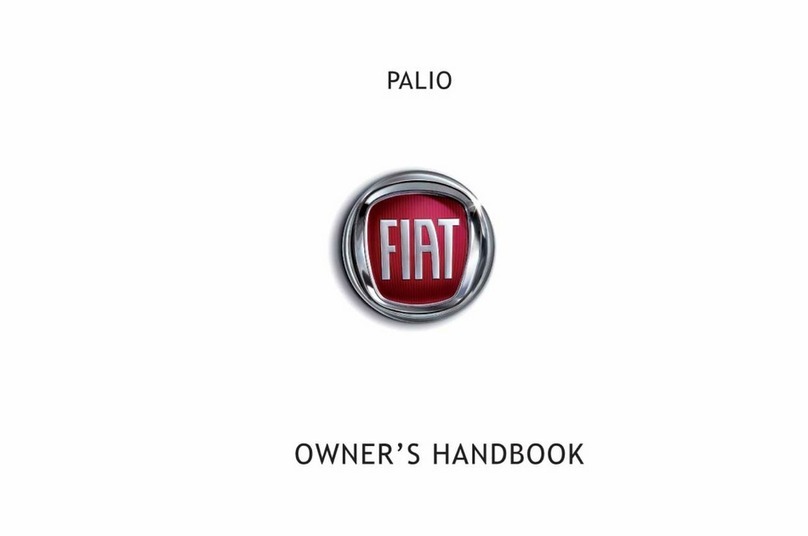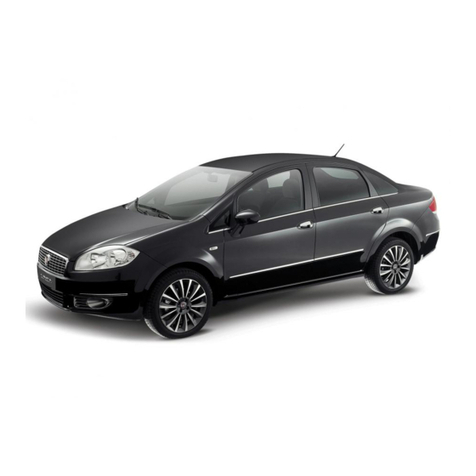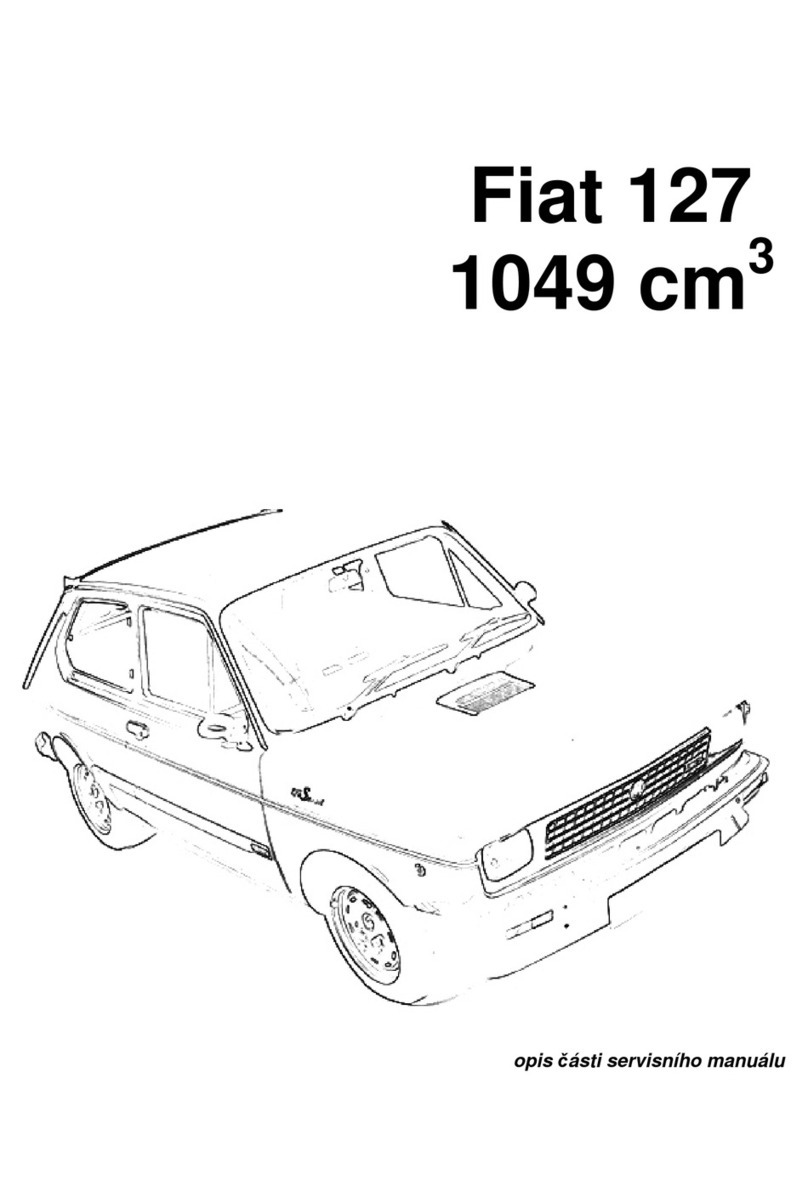
E-DUCATO
Technical description
6
IMPORTANT
1. Do not resell, give away or modify the high-voltage battery. The
high-voltage battery must only be used on the vehicle on which
it is supplied. If used outside the vehicle or modified, accidents
such as electric shock, heat or smoke generation, explosion or
electrolyte leakage may occur. If the vehicle is scrapped
without removing the high-voltage battery, contact with high-
voltage components, cables and connectors could cause very
dangerous electric shock. If the high-voltage battery is not
disposed of properly, it may cause electric shock, resulting in
serious injury or death.
2. The mains power supply and the high-voltage battery are
potentially dangerous: they can cause injury, burns and risk of
electrocution. Always take great care.
3. Never touch or tamper with the cables and components of the
high-voltage battery in any way: do not allow the high-voltage
battery components to come into contact with bracelets,
necklaces or any metal objects worn.
4. Do not open, modify or remove the high-voltage battery cover:
any gases released may be harmful and flammable: avoid
inhaling the gases.
5. Damage to the vehicle or the high-voltage battery may cause
harmful gases to escape, which could cause a fire. In the event
of a fire, move away from the vehicle, wear a reflective vest (if
required by the regulations in force), position yourself in a safe
place, and immediately contact the rescuers, police or fire
brigade informing them that this is a vehicle with a high-voltage
system.
6. The electrolyte inside the battery is a polluting and flammable
material. If the high-voltage battery is not disposed of properly,
it may cause fire and pollute the environment.
WARNING
1. If, as a result of a violent impact or accident, the vehicle has hit
the bottom (underbody), have the battery and the high-voltage
system checked by qualified technicians.
2. Behaviour in the event of electrolyte leakage from the traction
battery.
Leakage of electrolytes from the traction battery is not very



















































